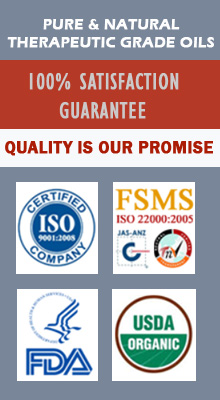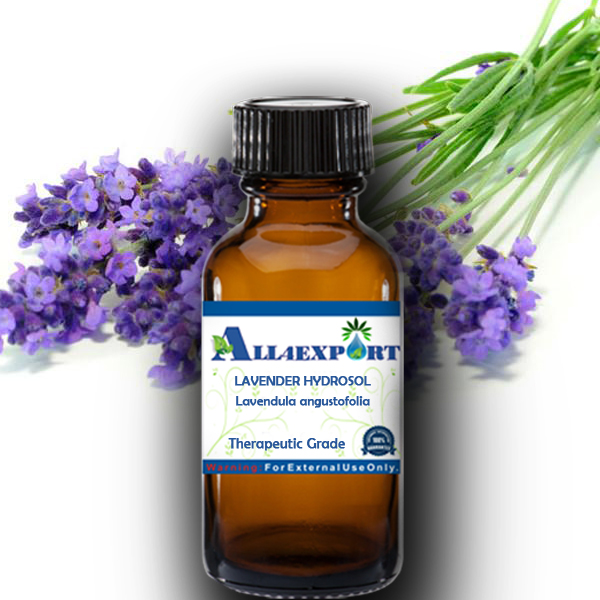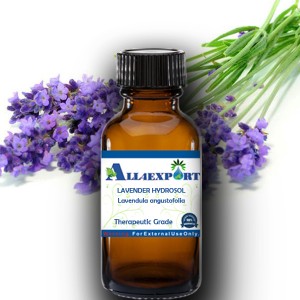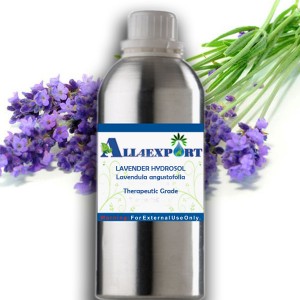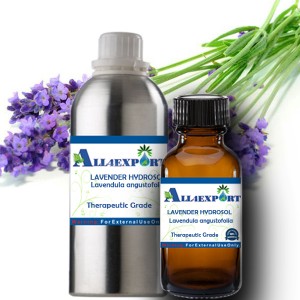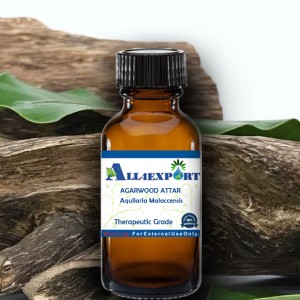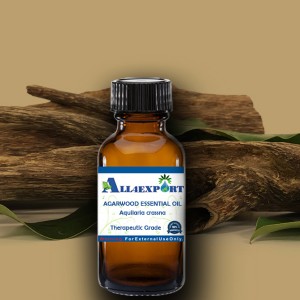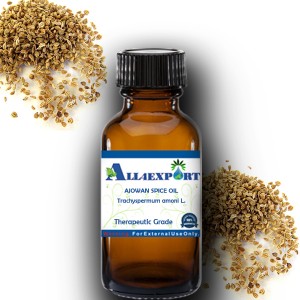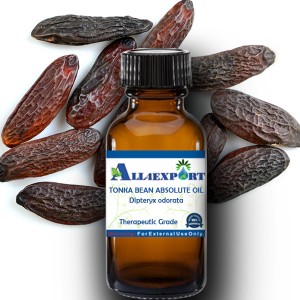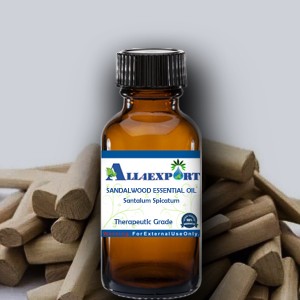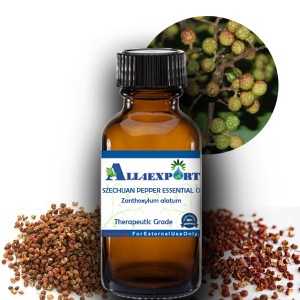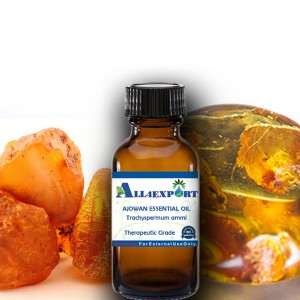| LAVENDER HYDROSOL |
Botanical Name | : | Lavendula angustofolia | Country of Origin | : | Canada | Solubility | : | Insoluble in alcohol and oils. Soluble in water. | Specific Gravity | : | 0.9890 - 0.9980 @ 20°C | Optical Rotation | : | 19°C: -7°48 | Refrective Index | : | N/A | Plant Part | : | | Blend With | : | | CAS No | : | | Flash Point | : | N/A | Extraction Method | : | Hydro Distillation |
|
Description : Lavender Hydrosol is a flowering plants in mint family. Used in perfumery industry, the essential oil is derived from clusters of small purplish flowers and has a characteristic scent of lavender.
|
Constituents : Linalool 29 - 46%, Linalyl Acetate 36 - 51%, 1,8-Cineol 0.1 - 2.2%, Caryophyllene 2.5 - 7.6%, Terpinen-4-ol 2.7 - 6.9%, Ocimenes 2.5 - 10.8%, Lavandulyl Acetate 3.4 - 6.2% |
Uses : Lavender hydrosol is used for providing gentle balancing for all skin types as well as help in summer's heat, soothing sunburns and healing irritation.
|
Benefit : Lavender hydrosol helps in gently toning oily, dry & mature skin by cleansing it gently and safely. Hydrosol present in the oil also makes it a wonderful ingredient for face masks (All skin types) as well as a great mister to ease sunburn/ windburn. |
Caution Note: Do not take hydrosols internally without consultation from a qualified aromatherapy practitioner.conduct a skin patch test when trying a hydrosol for the first time. If you are pregnant, epileptic, have liver damage, have cancer, or have any other medical problem, discuss with a qualified aromatherapy practitioner.
All of the information and opinions that are provided on this web site are for informational and educational purposes only. This information is not intended to replace medical advice given by a medical practitioner. Anyone considering alternative therapies should consult with their medical professional before using an alternative method of healing. We do not give nor is any opinion on our web site medical advice.
|






